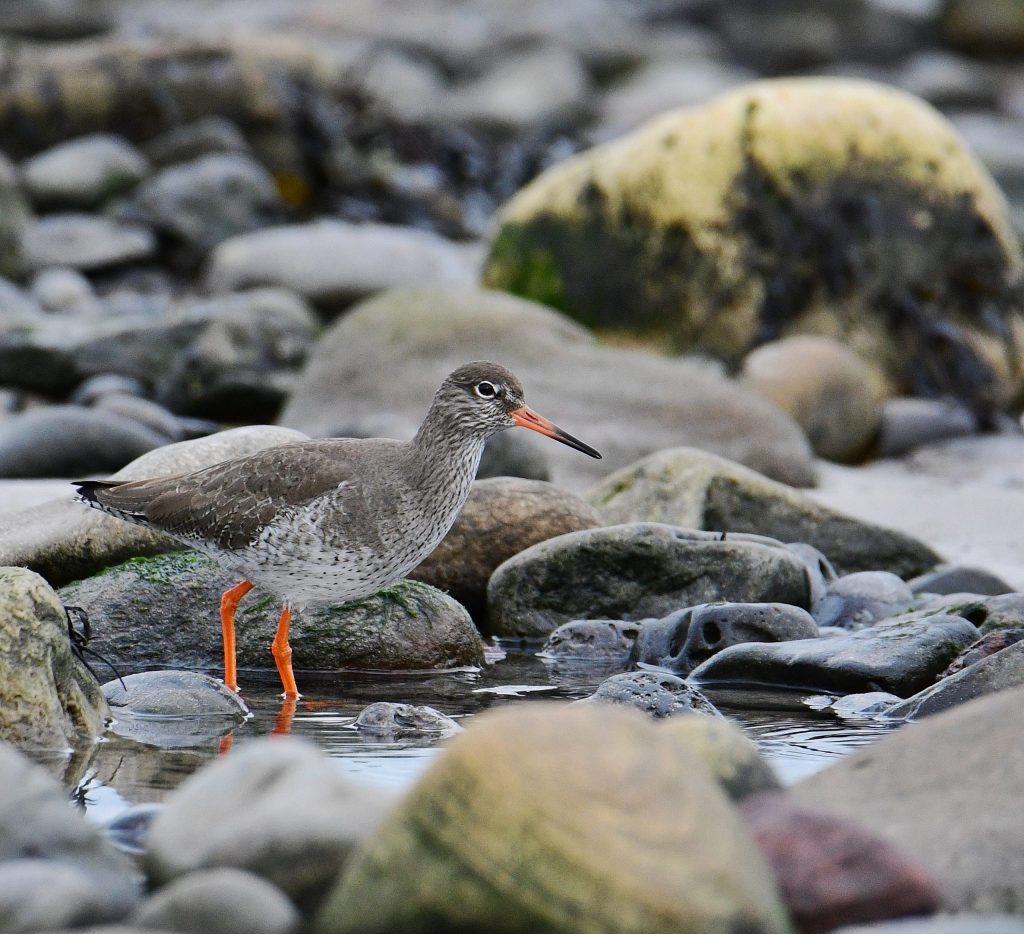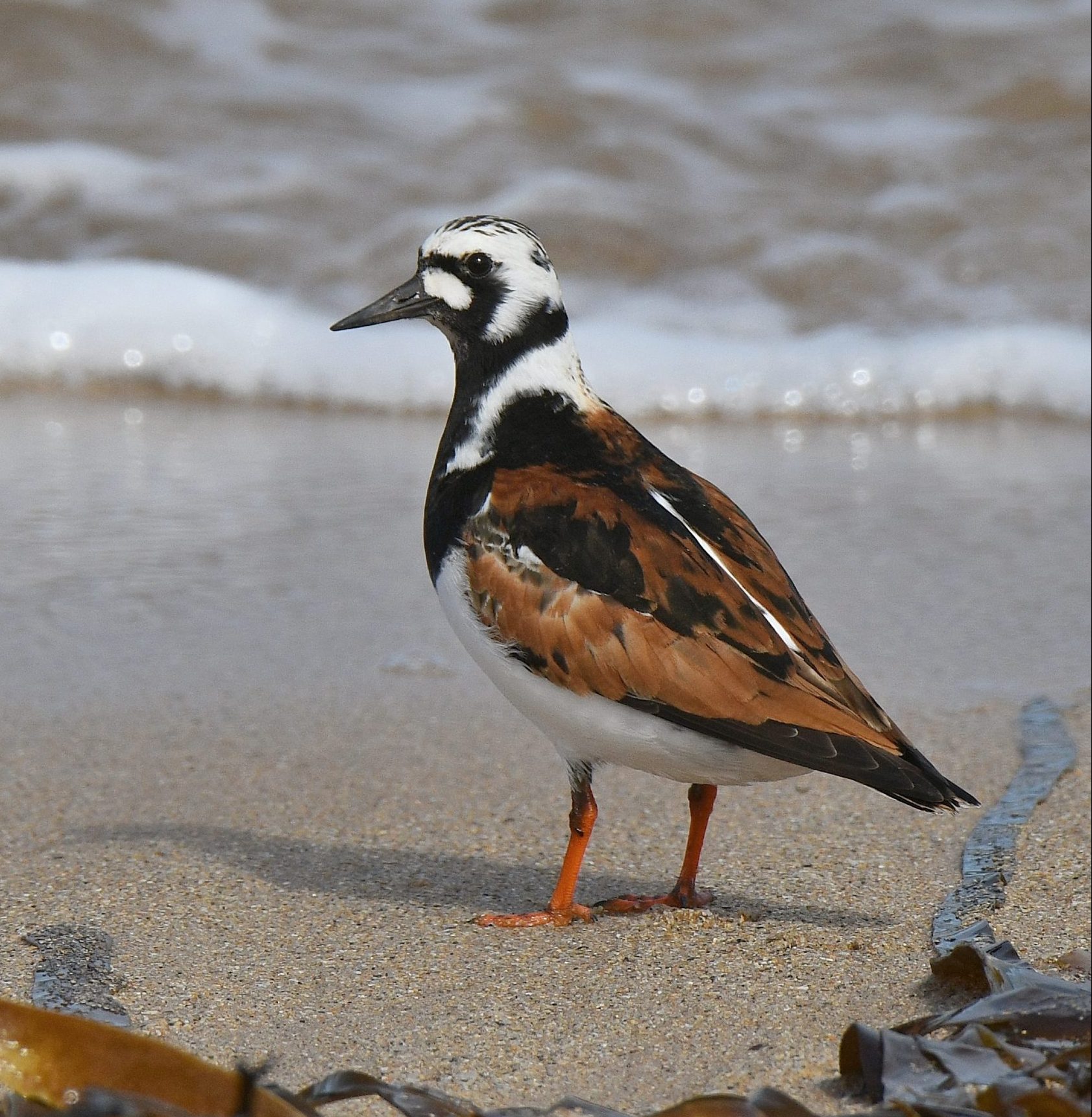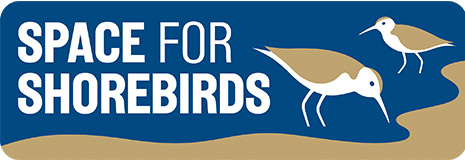Does wildlife come first in your wildlife photography?
Residents and visitors alike take great pleasure from photography on the Northumberland coast. It can be such a rewarding hobby and it can foster a respect for nature, but rather uncomfortably it also can impact upon wildlife.
Shorebird disturbance on our coast is caused by all sorts of human activities, and an increasingly obvious activity having an impact upon wildlife is photography.
The technology to capture beautiful images of wildlife and landscapes has never been better. DSLRs, mirrorless systems, drone photography and phones all being capable of producing glorious shots. Those great photos in turn can help people appreciate wildlife and it’s fragility. But do we need to think more about the potential impact of our hobby upon the very wildlife which it depends?
I know and share the satisfaction of producing a pleasing wildlife photo (though only very occasionally I would say I’m happy with the outcome), so I understand that driving motivation.
We often see bird photographers creeping toward wildlife, putting pressure on them to the inevitable point that they fly away. Similarly, we see photographers walking in areas where birds are feeding or roosting to get into position to take a photo of one of our spectacular castles or the beautiful landscape. This can often mean hundreds of birds being disturbed, some mid-migration to West Africa and some during the depths of winter when every calorie consumed and spent can matter to the birds. We’ve seen the same scene play out at Boulmer, Stag Rocks and Beacon Point at Newbiggin.
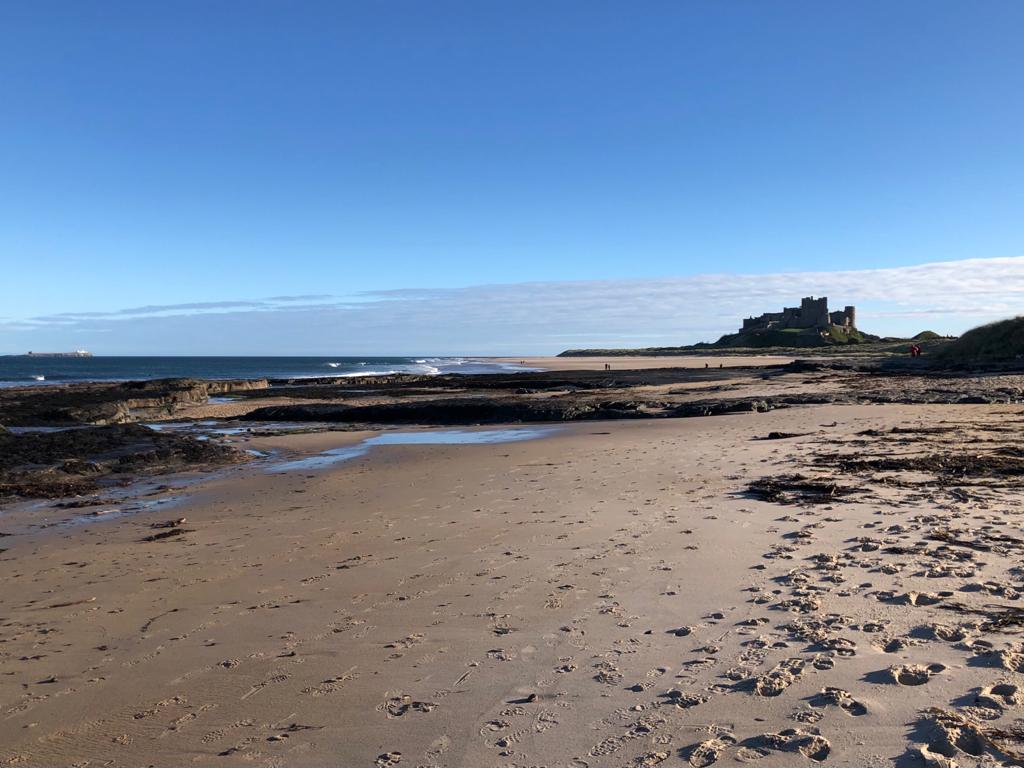
As photographers should we ask ourselves: just how important is my photo? And is it ok that wildlife is disturbed when I take my photos?
Each and every disturbance event adds to the cumulative disturbance that each bird experiences. Too much disturbance preventing the birds from feeding and roosting could mean that bird loses condition or it may abandon the area for less favourable feeding habitat.
Our advice is where possible use a hide or allow the wildlife to come to you. The best shots I’ve had of shorebirds have been simply when I’ve stayed very still and low in one location. This works especially well on a rising tide when the birds get pushed toward you.
Wildlife photographers should set the example to other coastal users.
Please put the wildlife first in wildlife photography.
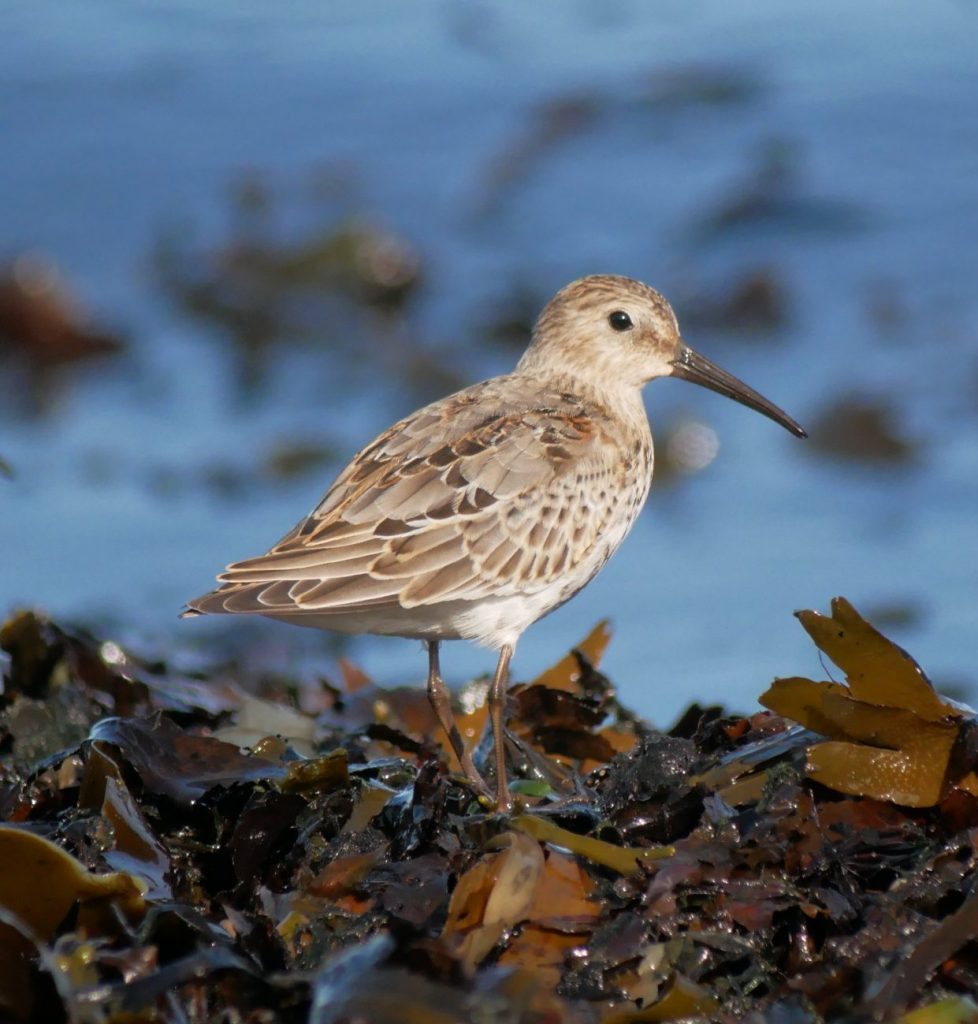
Droning on
The whole of the Northumberland coast is important for wildlife and therefore flying a drone on the edge of the coast has potential to cause disturbance. Our rangers recently observed a drone disturbing approximately 500 birds, including dunlin, redshank and turnstone.
The drone pilot was located standing on the edge of the shore and after a friendly discussion the pilot understood this problem. Even despite the pilot’s efforts to avoid repeating the disturbance by bringing the drone back via an inland route, the same birds did get disturbed again.
We have observed very strong reactions from shorebirds to drones even at distances of over 100 metres. Fast movement in the sky to them often means a predator such as a peregrine. The high-pitched whining sounds of the drone also being something completely foreign and therefore something to fear.
The risk of disturbance to wildlife by drone photography is significant because of the distance that they can travel and that it can be difficult to establish the identity of the pilot.
It should also be noted that to protect wildlife drone flying in Lindisfarne NNR is banned, as it is on National Trust Land.
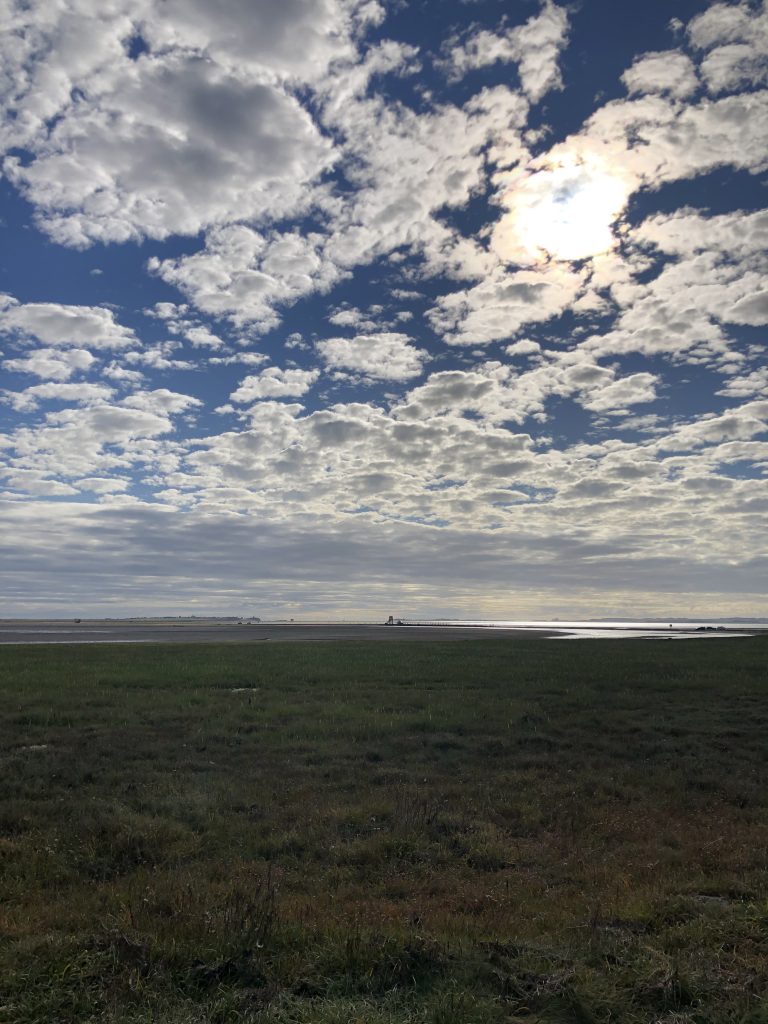
The responsibility of shares and likes
If we share, retweet or like photos, should we consider the wildlife, has the photographer told me that they considered wildlife when taking the photo? Did the drone pilot avoid wildlife hotspots and important habitat?
For some of our frame filling bird photos we try to point out that the shot was taken with a long lens or our digiscope system and the bird was not disturbed.
